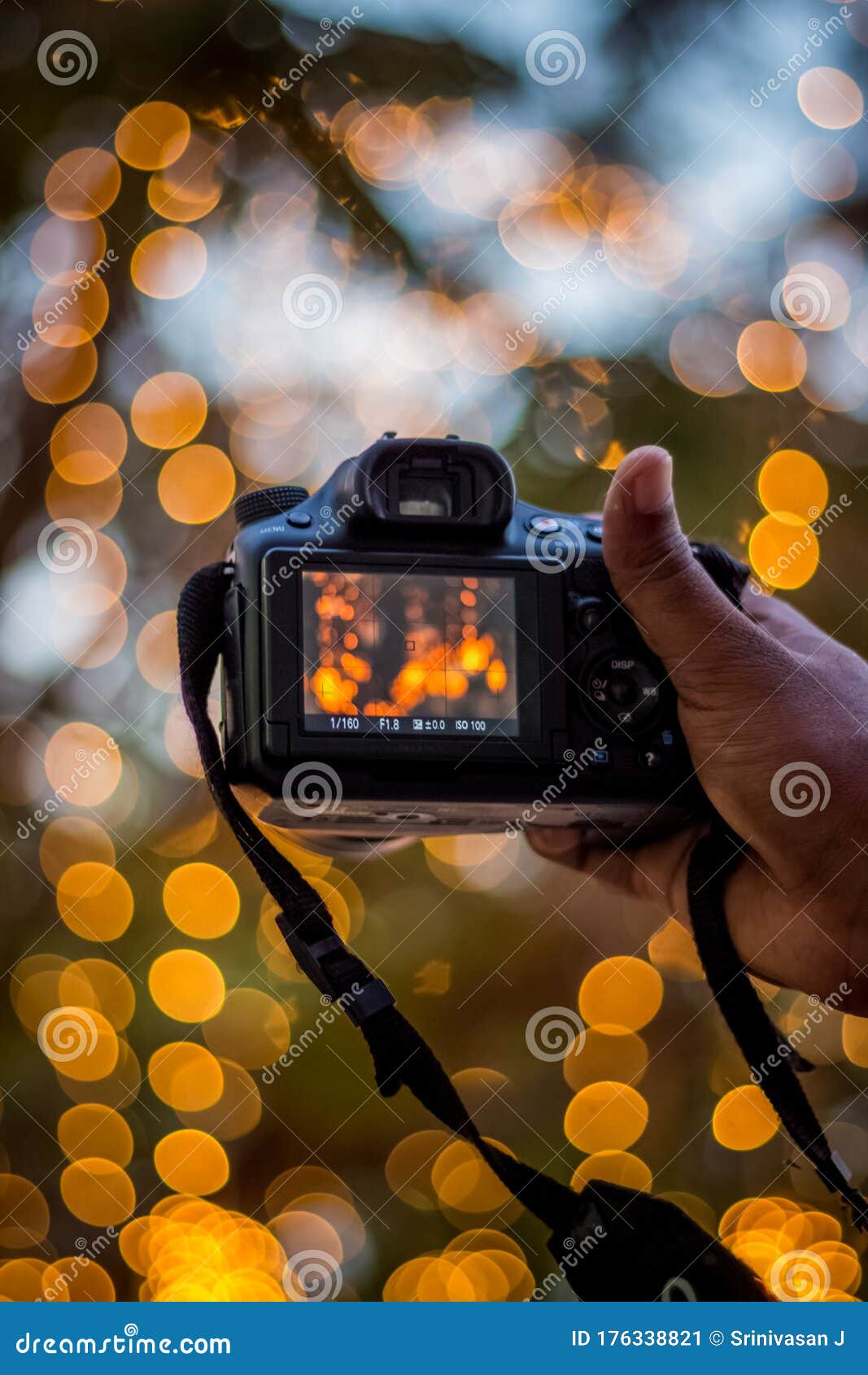

CAMERA BOKEH ISO
You may have to use a higher ISO because you are allowing very little light in your lens. Once you have your shape cut out and the paper securely attached to the end of your lens, you are ready to start experimenting! You can trace shapes or draw them free-hand, whichever is easy for you. Try to avoid any raggedy edges because they will show in your bokeh. The more defined the shape is, the better results you will get. You can use scissors or a craft knife to cut out stars, hearts, circles, etc. Just make sure it covers all of the glass part of the lens so that no extra light can get in.Ĭut out a shape about a ½ to ¾ inches in size in the centre of the circle. You can either use tape or a large rubber band. Make sure you leave enough to fold over the edges and secure. Cut out a circle big enough to cover the front of the lens entirely. It just requires getting a little creative and crafty!Īll you have to do is take a blank piece of black paper and create a “lens cover”. But there is a fun and easy way to play with different shapes and effects with your camera. Some give off circular shapes, some give off more of an octagon shape, depending on the shape of the blades in the lens. Create Your Own Bokeh ShapesĪs I mentioned earlier, different lenses give different bokeh shapes. But when you can make the blurred out areas more appealing, you give the viewer more to look at because you add more interesting elements to the image as a whole. Many of us aim to get that beautifully blurred background in camera to draw the viewer's eyes to our subject or focal point. Just remember to keep your subject or object you are shooting a good distance from the light source to get great background blur for the best bokeh possible. Christmas lights, glimmers of light reflecting off of walls or ceilings, unique shaped light fixtures, etc., all work very well. You can find all sorts of natural bokeh opportunities indoors. You can experiment with many different ways to create bokeh just by paying more attention to your surroundings, whether it be day or night. This next image was also shot at night using the random street and city lights as the Bokeh light source. Shooting with a wide aperture and using this technique really gives a beautiful background that is appealing to the viewer. The first image below is curved shape row of lit candles that were shot at a high aperture to keep the flame in the foreground in focus, and then the flames further back were used as the bokeh light source. If shooting objects at night look for things that have random lighting that you can use to create interesting bokeh effects. For these images, the lighting coming through the tree leaves was used as the source of bokeh. The goal is to keep the bokeh light source blurred.

Get as close to your subject as you can to have them and whatever else you want to be sharp in focus. When going for bokeh, I check out my surroundings and place my subjects a good distance from the light source.Īs you can see in these images, this lens gives a natural circular shaped bokeh effect. When I shoot my own images, I always try to shoot at 2.8 to get my background as blurry as possible. The images below were shot with a 70-200mm 2.8 lens. Look for things to include in your background such as trees with speckles of light coming through, street lights, car lights, lights from buildings, etc. You want your subject to be sharp and in focus and the background with the lights you are incorporating to be blurry and out of focus. The key is to shoot with a wide aperture. You can really take advantage of getting beautiful natural bokeh when shooting outdoors.


 0 kommentar(er)
0 kommentar(er)
